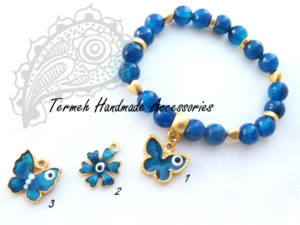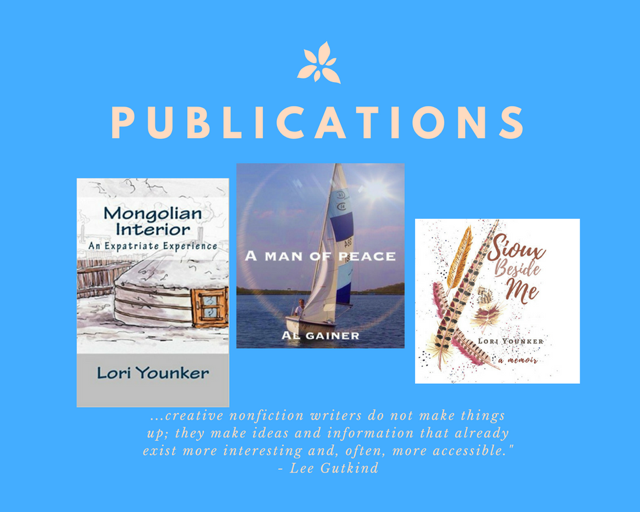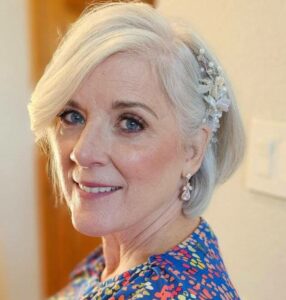In Persia, says my friend Maryam, the pregnant woman must be very careful to never see a dead body or to be more graphic–a corpse. If she were to see a dead person, it would affect the baby in her womb. The tradition played out like this. If the child had natural tendencies toward some bad behavior, as the child grew older, these tendencies would be acted upon. In other words, there would be a direct cause and effect: seeing a dead corpse would cause the fruition of negative character traits or behaviors. No mother would want that on her conscience. Motherhood is hard enough as it is!
Persia has another tradition in the same vein. Wear a native blue stone on a pendant or charm to ward off trouble. Ironically, the blue stone is named “evil eye.”
My friend Maryam remembers her grandparents pinning a blue stone on her chest near her left shoulder to ward off the illnesses that seemed to plague her in her younger years. Though her mother and father didn’t “believe in it,” they tolerated it and let her daughter wear it quite a long time.
I’m not sure when you take the blue stone off. Wouldn’t that feel strange or make you feel vulnerable? My Chinese friends have a solution for that.
Once a year during the dragon boat ceremony a family will wake up quite early to see the boats and to walk along the river or lake to collect a special type of grass. Some say it is hyssop which you might recognize as the plant used to mark the corners of the house during the time of the first Passover for the ancient Israelites.
Note that the Chinese take the grass home and bind it to their door frame. The method is sounding so familiar, right? Also at the river, they purchase a red braided bracelet made of thread. The child must wear it on the wrist. This is believed to bring good luck and good health as well as the grass on the door frame. Could it be another talisman to ward off–“the evil eye?”
What’s interesting to me, in light of my last essay regarding the Persian blue stone talisman, is that the Chinese don’t pay attention to when the red bracelet falls off. That’s a nice way to take off the talisman without feeling vulnerable. It’s falling off is a natural consequence of wearing the bracelet long-term through all of life’s activities of bathing and sports, sleep and changing clothes. My friends tell me it usually falls off within a month. And next year they will buy another.



